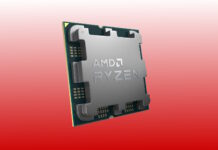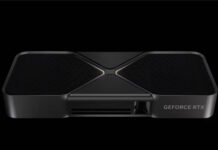Fujitsu recently announced that it has managed to connect the protective layer and the lubricating layer in harddrive platters, which in the end should result in considerably higher desnity. A HDD platter consists out of four layers, a substrate layer, a magnetic layer where the data is stored, a protective layer and a thin layer of lubricant. The protective layer prohibit the magnetic layer from corroding while the exterior layer lubricate and thus lowers the friction between the read/write heads and the protective layer. There has to be a certain distance between the read/write head and the outer layer in a HDD platter and by connecting the protective and lubricating layer Fujitsu has managed to decrease the distance dramatically. Thus; this makes it possible to place the read/write head closer to the magnetic layer.
This makes it possible to increase the density of the data as the read/write head can handle more data in less range.
“By reducing the lubrication height and bonding it to the protective layer, Fujitsu claims the four basic layers are reduced to three, and the lubrication height is reduced dramatically. With the lubricant bound to the surface of the protective layer, the drive head can be lowered dramatically as well. The end result means tinier bits since the drive head can get even closer to the media.”
Fujitu’s progress may sound rather everyday, but the result will bring it one stop closer towards 1 Terabit/in2 storate density, expected to happen sometime in 2010. As a comparison the most efficient harddrives of today have a density of 160 Gigabit/in2.
Source: DailyTech














